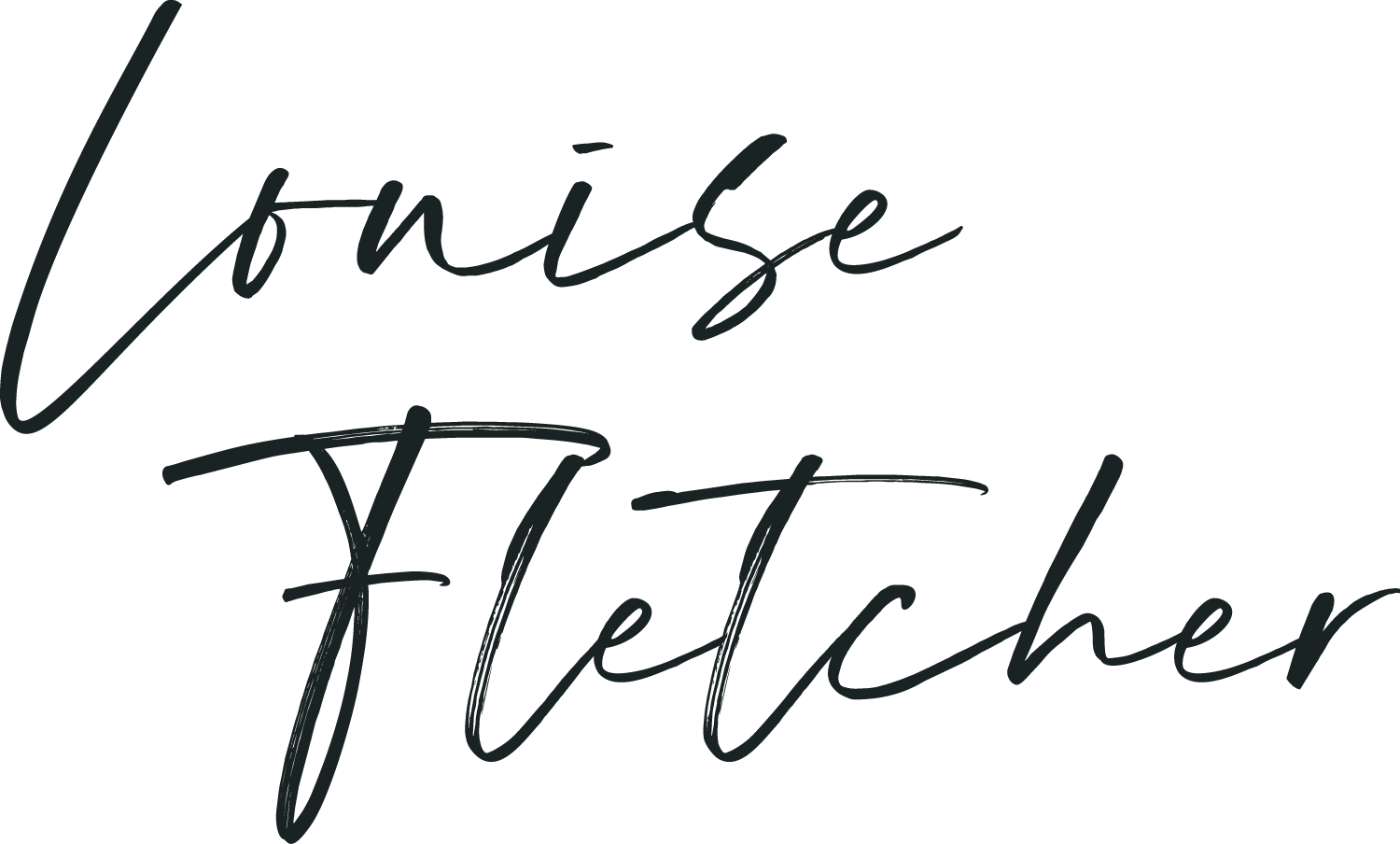Why we need to waste time and paint
Today I want to talk about wasting paint and wasting time. This week, I shared some video with my artist community. The video showed me working in my sketchbook playing with inks and collage. One of the members said she wanted to do the same, but always found that sketchbooks felt like a waste of time, in the sense that – if she made something good in her sketchbook, she wouldn’t be able to frame it and sell it.
In this way of looking at art, everything good has to be sold. If it is just kept in a sketchbook, it is worthless. I challenge this idea strongly! I love my sketchbooks. It’s a great pleasure to look through them for ideas and inspiration at a later date and I also enjoy sharing. them at open studios or in social media posts, to give potential buyers an insight into my process and my interests.
I have also had artists tell me that they can’t play because it feels like a waste of paint. Or that they feel guilty for wasting time on something that can’t be turned into money. These artists are almost always beginners who haven’t sold very much work. Painters who make a living from their work know the importance of play and experimentation. They know that their best and most saleable pieces come about because of the explorations they did in sketchbooks or on loose scraps of paper. They know that what looks like a waste is actually a vital part of the process.
But why is that? Why do we need to waste our time on work that will never be framed and hung in a gallery or in an exhibition?
Because that is the way to start making your own unique work and unique work is what sells.
If we are always in ‘production mode,’ we will never take chances, or risk anything. This can results in pleasant and even accomplished paintings, but it is unlikely to move our work forward.
Playing with materials in a sketchbook – which is a private space where no-one else can judge – often results in surprises that spark ideas. For example, one day when collaging sewing patterns into my sketchbook, I accidentally left wrinkles. When I then splashed acrylic ink over the page, the most beautiful textures appeared.
That sparked a desired to create a series of small boards using the technique, and I am sure it will become part of my process on larger work as well.
Happy accidents like this happen when I let go of the need to impress anyone and I find the best place to do that is within the pages of a sketchbook or on loose sheets of inexpensive paper (so that I don’t feel precious).
What about this idea of wasting paint?
Honestly I think the only wasted paint is the paint that stays in the tube. How can we learn and grow if we’re not painting? And how can we make art that is so unique and compelling that someone else wants to buy it, if we are not making lots of experimental work?
Art is like any other pursuit – getting good takes time and effort. If you wanted to become a master cabinet maker, you would need to buy wood and make some pretty. bad cabinets. Eventually, your cabinets would get better and you would be able to sell them. Would all that wood have been wasted? Or would it have been essential to your goal of becoming a skilled professional?
Here’s my final argument about waste…
There’s something that feels much worse to me than “wasting” time or “wasting” paint and that is wasting precious talent. We have this drive to create for a reason .. something wants to be born. But it can only arrive if we put in the time and the work and use some paint! And it can only come if we are prepared to experiment, to play, to take the necessary risks; if we are prepared to make art that isn’t safe and that doesn’t seek approval.
For me the place to do that is inside sketchbooks, but for you it might be on cheap paper or pieces of cardboard. The sketchbook itself isn’t the important thing – it’s what it represents; it’s what it means for our ability to be free from the desire to always produce something to sell.
And the best news? Working this way results in more sales – they just don’t come directly from the sketchbook.
I am on a mission to inspire artists and ignite creativity. If you don’t receive my weekly artist’s newsletter, sign up now! Every Sunday, I share tips, ideas, and inspiration just for artists.



